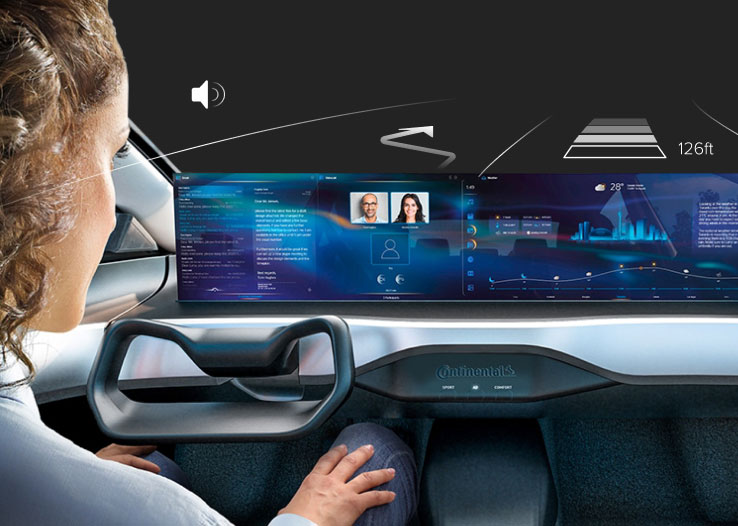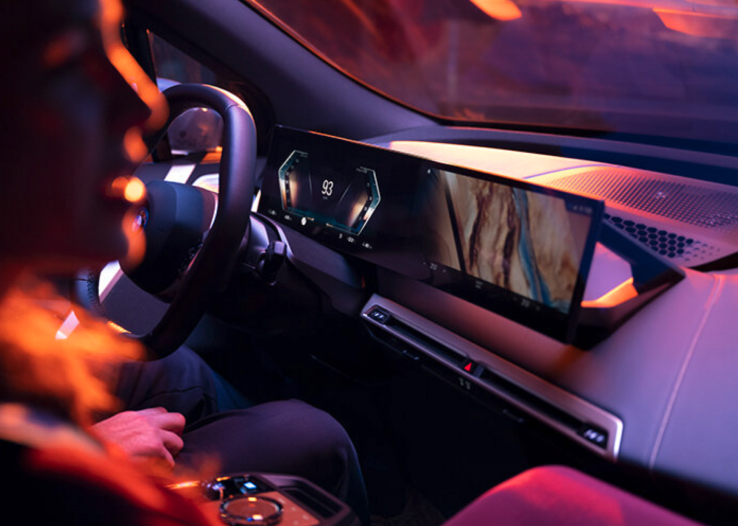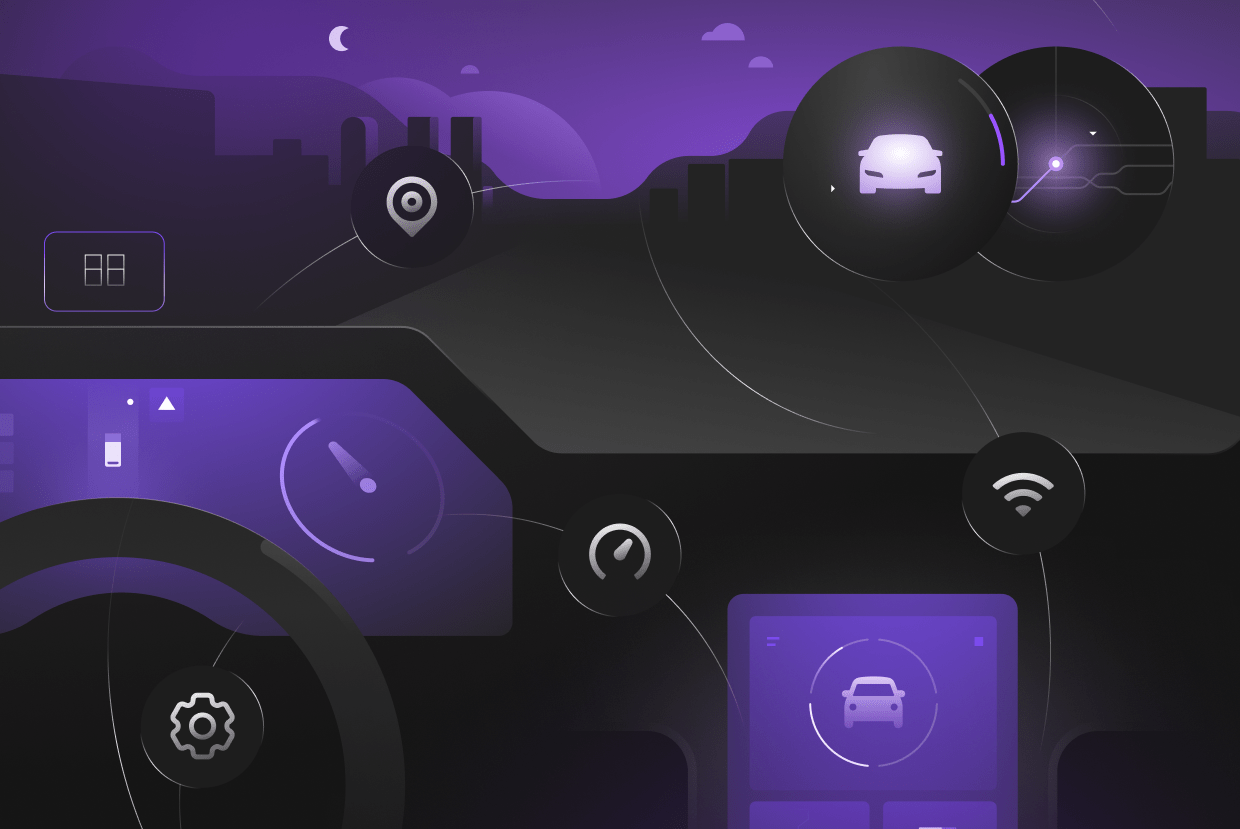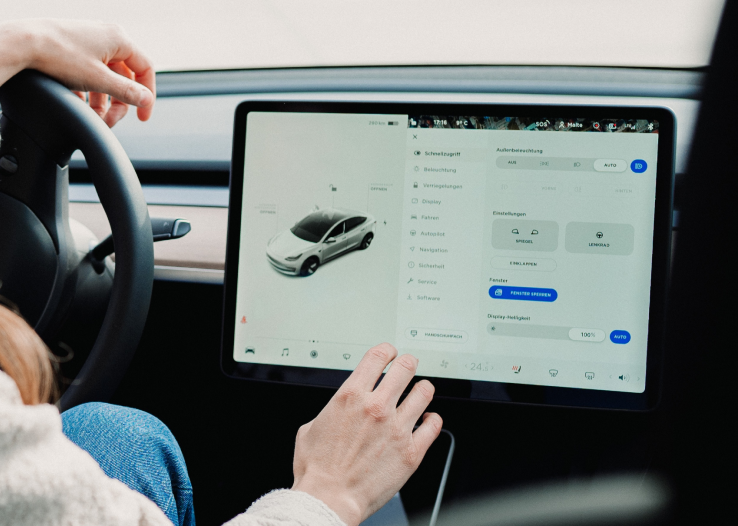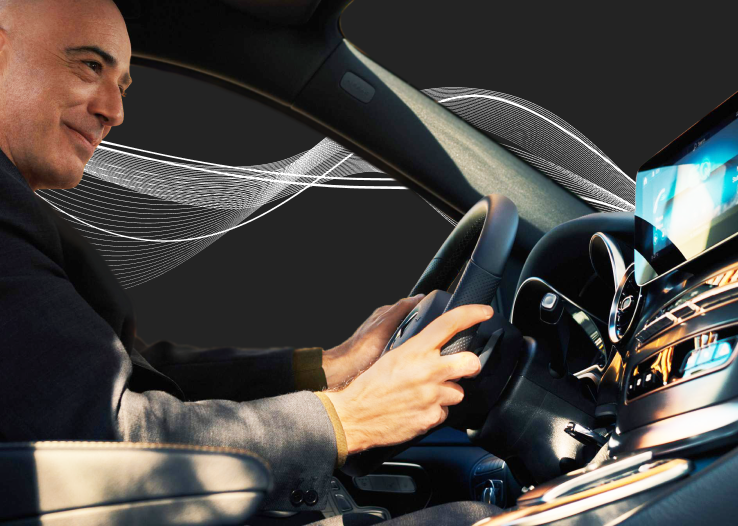Over the years, automotive and mobility OEMs have competed by perfecting hardware. Performance, design and craftsmanship defined the market, and customers made purchasing decisions based on horsepower, reliability and engineering excellence and other Top Trumps metrics. But the future of mobility looks different.
Now it isn’t enough to build a technically excellent product. Consumers want connected ecosystems of services that enrich their lives across mobility, health, work and entertainment. Tesla, NIO, BYD, Apple, and other tech-driven challengers have redefined what customers expect from a brand, turning software and experience into the new battleground.
In this context, “functional” digital services that simply check the box fall short. To win customer loyalty, OEMs have to create lovable, automotive digital services. These experiences don’t just solve problems, they delight, surprise and foster lasting trust.
The automotive digital services ecosystem
The car isn’t just a vehicle anymore, it’s an extension of who you are. For most people now, cars have become part of a connected lifestyle. A node in a larger web of experiences that spans mobility, entertainment, and connectivity. Ownership is giving way to access models, commuting time is turning into entertainment time and in-car technologies are beginning to anticipate human needs.
Consider the future mobility ecosystem. Customers are already blending private ownership with ride-sharing, subscriptions and multimodal transport services. And they expect — demand even — a seamless transition between each.
Even health is becoming integral. Cars can now track biometric data, monitor driver fatigue in real time and integrate with wellness apps. And in-vehicle entertainment is turning the cabin into a personalized theater, with streaming, gaming and immersive media all at passengers’ fingertips.
Connectivity ties everything together. Now vehicles function as extensions of smart homes and workplaces.In each of these areas, digital touchpoints (apps, interfaces, voice assistants, payments, etc) determine whether the ecosystem feels coherent and delightful or clunky and fragmented.
For OEMs, differentiation increasingly doesn’t depend solely on what sits under the hood, but on how seamlessly the brand integrates into customers’ daily lives.
Planning for the future of mobility
Creating a digital service that delights users is about designing for both joy and value.
You need to deliver both functional value (solving needs, sometimes even before users recognize them) and emotional value (creating delight, trust, and lasting impressions).
Joy x value = trust.
When combined, these two elements create the ideal conditions for trust. Trust is what turns first-time users into long-term advocates. Customers no longer evaluate services only by whether they “work.” They ask: Does this service understand me? Does it make my life easier and more enjoyable? Does it reflect my values?
We see this dynamic in leading examples across industries. First there's Lufthansa’s digital app ecosystem, which lets passengers book flights, orchestrates entire journeys and connects mobility services and upgrades.
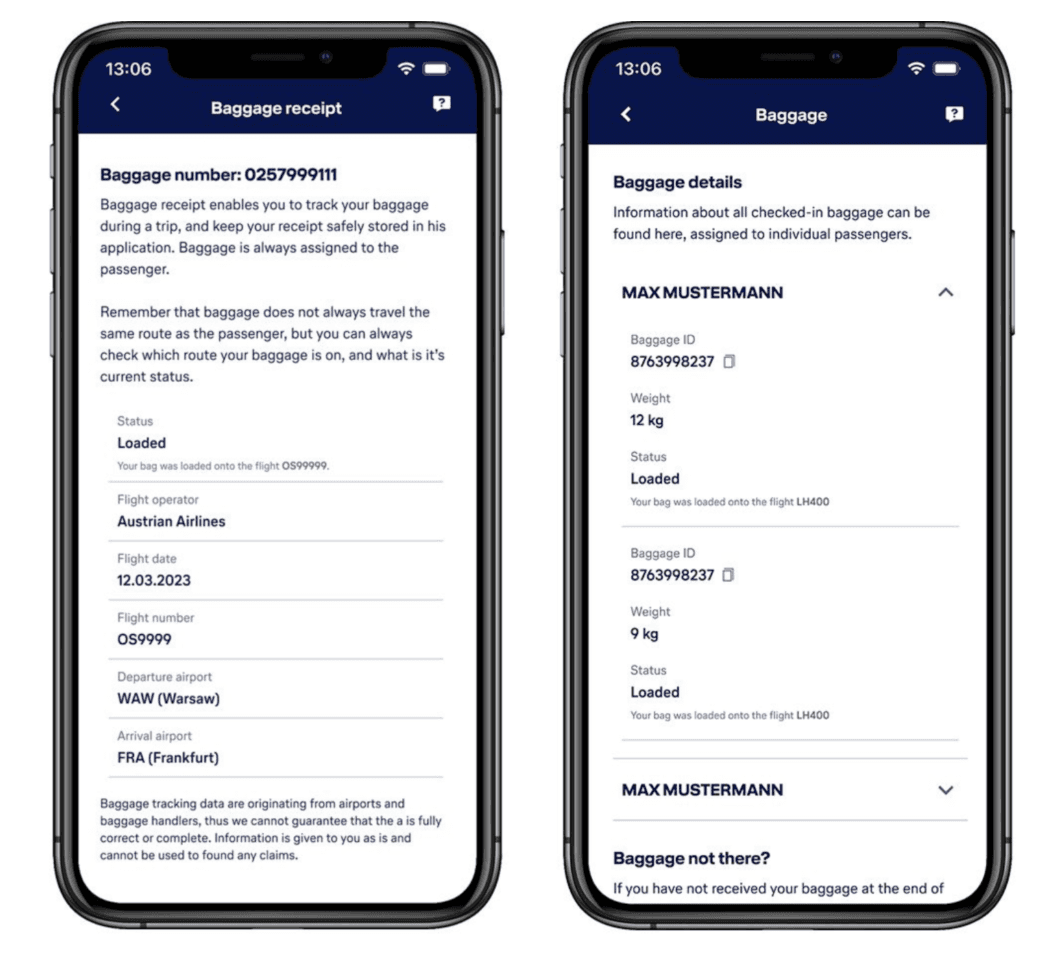
Then there's Chinese brand NIO who created the world’s first in-car companion, building a unique bond between driver and car — as demonstrated below.
And Lucid Motors has worked to align every touchpoint (digital and physical) under a unified experience vision, creating consistency that reinforces its premium positioning.
These cases demonstrate that automotive digital services aren’t about novelty. They’re about designing ecosystems that make customers feel understood, valued and delighted. And that translates into results. According to PwC, companies offering better experiences see tangible benefits like a 16% price premium and higher loyalty rates, as consumers are willing to pay more and return more often for brands that deliver outstanding experiences.
How to improve automotive digital services
Despite recognizing the need for digital ecosystems, many OEMs find themselves stuck in old patterns. Innovation often remains siloed, with different teams working on disconnected pieces that fail to add up to a coherent experience. Validation cycles can be painfully slow, with months or years passing before ideas reach real customers, by which time competitors have already launched and iterated.
Customer insights are frequently limited to surface-level usability testing rather than deeper explorations of emotional engagement or long-term adoption. Regulatory and brand constraints further complicate matters. While compliance and consistency are non-negotiable, they can also stifle creativity if not balanced carefully.
Meanwhile, the competition isn't standing still. Tech-native entrants operate with agility, releasing rapid updates and integrating emerging technologies like AI, voice assistants and connectivity at a pace that traditional OEMs struggle to match. Without a new approach, established players may deliver only functional services while challengers capture hearts, minds, and market share.
To overcome these challenges, OEMs need to rethink how they design and validate services. Instead of testing isolated features, shift your focus toward simulating entire customer journeys across multiple touchpoints. This kind of ecosystem prototyping reveals whether services feel consistent, intuitive and delightful when used together, rather than as stand-alone interactions.
Persona-driven scenarios play a critical role here. Real-world adoption varies widely, and designing for the “average” user often misses the mark. By modeling experiences for specific personas like an urban commuter who values speed and integration with public transit or a rural EV driver concerned with charging access, OEMs uncover friction points and unmet needs before launch.
These scenarios help teams empathize with diverse users, spot hidden needs and design more inclusive, lovable services.
The result is faster iteration cycles, more meaningful insights, and services that resonate emotionally as well as functionally.
Getting started with automotive digital services
So where to start? Star’s approach to digital innovation is built around what we call the Star Lens, a framework that ensures every prototype balances the many forces shaping digital ecosystems. The Lens examines five dimensions:
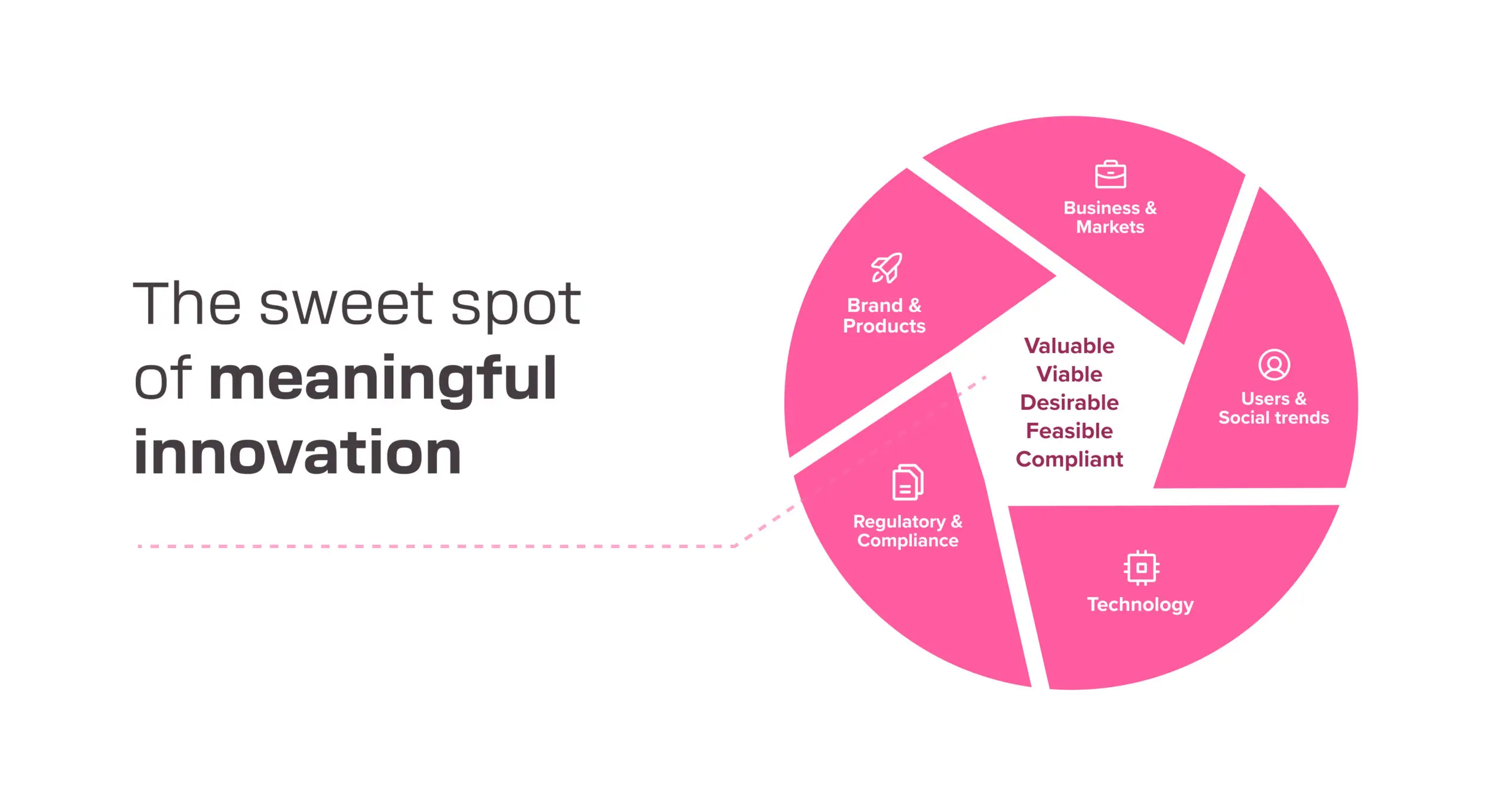
By focusing on users, teams stay grounded in human needs, expectations and sources of delight. Market analysis provides awareness of competitive moves and emerging trends. Technology highlights the enablers (AI and LLMs) that make personalization and scale possible. Brand alignment maintains consistency with the company’s identity and values, and regulatory considerations ensure safety and compliance.
When these perspectives are integrated, OEMs can confidently prototype feasible services that are also desirable, viable and trustworthy. It’s a holistic lens that turns fragmented ideas into coherent ecosystems.
What next for the future of mobility?
When it comes to the future of mobility, functional digital services aren’t enough. Customers expect experiences that combine value and joy, which build the foundation for trust and loyalty.
And AI and LLMs, revolutionizing everything from supply chain management to personalization and speed at a scale previously thought impossible. And frameworks like the Star Lens provide the structure needed to balance human desires, technological possibilities, market trends and regulatory realities.
OEMs that want to succeed in this new environment should embrace ecosystem prototyping, simulate customer journeys and design with personas that reflect real-world diversity.
To learn more about where mobility and the automotive industry is headed in 2026 and beyond, check our global outlook below — a report looking into how OEMs in China, USA, Japan and Germany can set themselves up for success.


